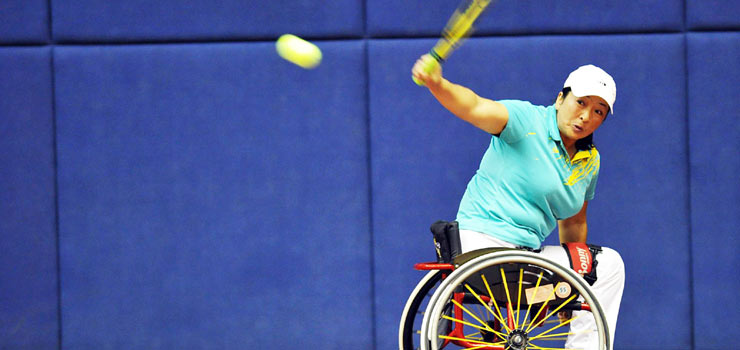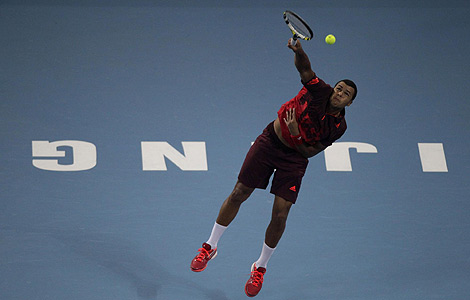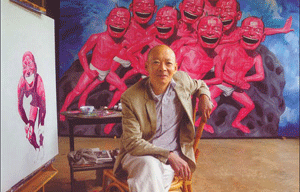Wrapped up as daily staple, festive food
Updated: 2011-10-16 07:58
By Deng Zhangyu (China Daily)
|
|||||||||
Backgrounder
Dumplings or jiaozi are essential food during celebrations and holidays, and this time-honored tradition stretches right back to the Han Dynasty 1,800 years ago.
At that time, dumplings were invented as a kind of medicinal cure for frostbite. That's why they resemble ears, but you don't have to remember that when you are biting into one.
Legend has it that Zhang Zhongjing, a Hippocrates-like figure in the history of Chinese traditional medicine, invented dumplings to cure typhoid.
When Zhang resigned from his post in the imperial court to return home, he found many people mired in poverty, suffering and dying from typhoid. He took some restorative herbs, added them to minced mutton and peppers and wrapped them into ear-shaped dumplings. The poor people who ate Zhang's piping hot dumplings were comforted and became fully recovered.
It all happened on New Year's Eve and from then on, they remembered his kindness by cooking and eating dumplings during the Lunar New Year, otherwise known as the Spring Festival.
Across the country, about 1,500 years ago, dumplings made in the south were crescent-shaped. Compared to those commonly seen in the north, these were thinner and smaller, and served with soup. They were known as huntun, or yuntun, and were the ancestors of the wonton dumplings still served today that have remained time-tested favorites in provinces like Jiangsu, Anhui and Hubei, and as far down as Guangdong.
In the Yuan Dynasty (1271-1368), dumplings evolved to resemble what we are familiar with now. They had thick and chewy wrappers and substantial fillings, and some say these had Mongolian origins.
It was also around this time that the differences between dumplings from the north and south became more distinctive.
Wontons are spherical, almost the size of a thumb. People have them for breakfast or supper, bought from street vendors or peddlers who carry everything they needed to cook the dumplings balanced on a pole they carried on their shoulders.
In the north, dumplings entered dedicated restaurants, and became a staple like noodles, or rice. They were much bigger than the dainty southern wontons and were eaten boiled, then dipped into vinegar with ginger, hot chili or garlic.
They are still eaten the same way today.
For China Daily









